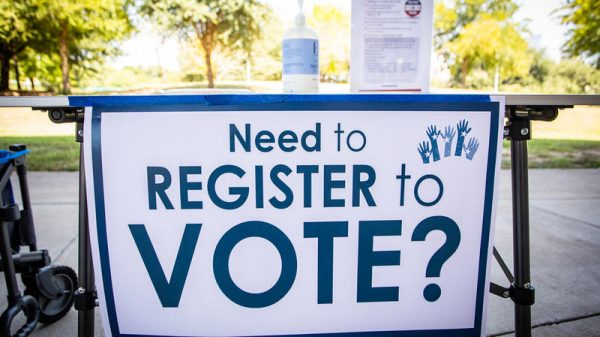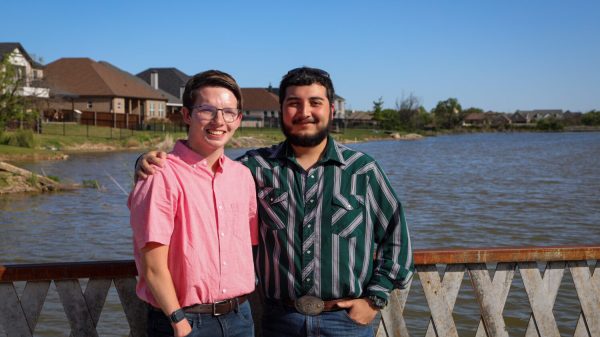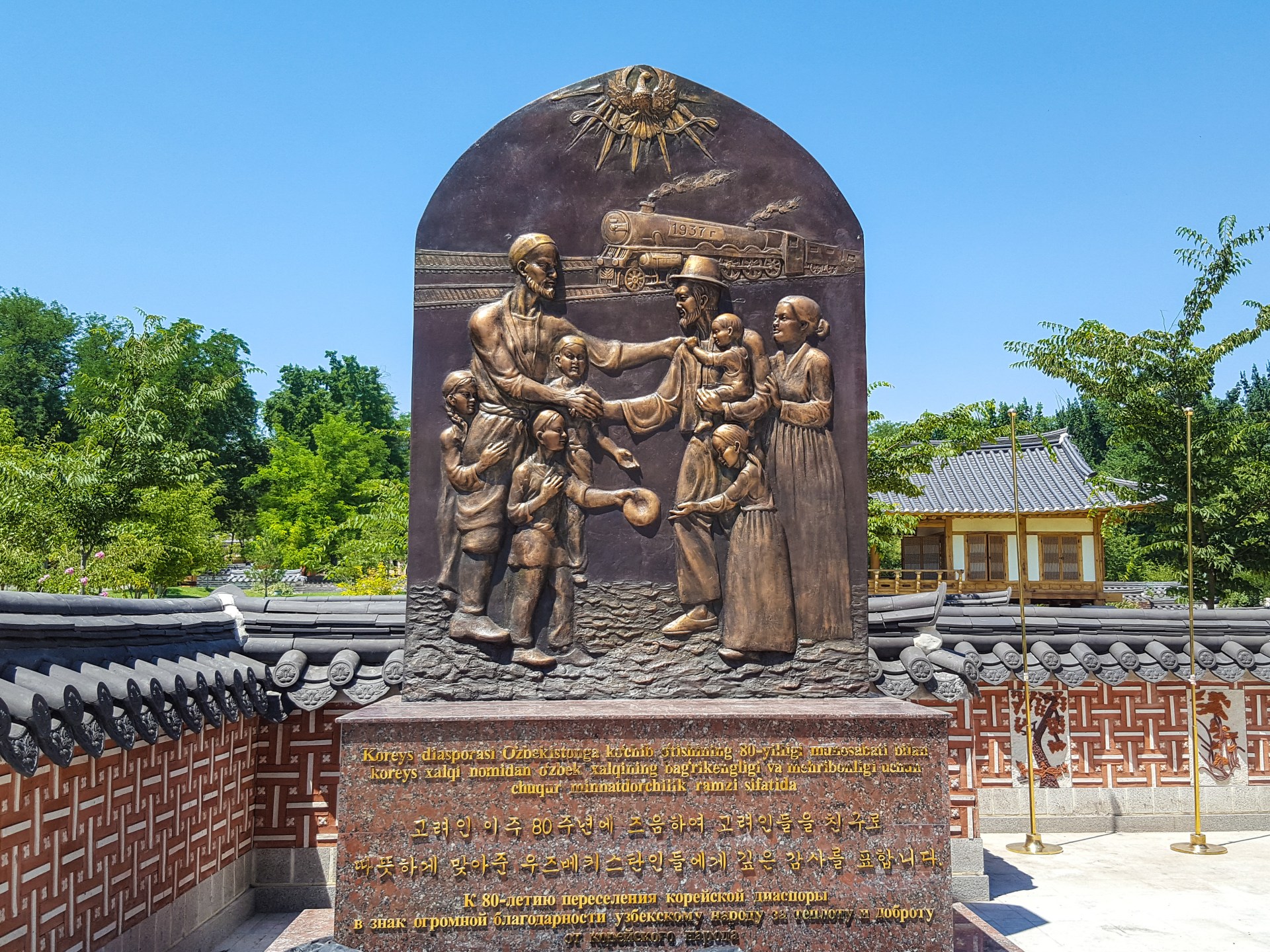Tashkent, Uzbekistan – In the wooden drawers and cabinets that run the full length of his living room, Viktor An, 77, is rummaging through history. His jumbled apartment, a few steps up the stairwell of a Soviet-era block in a leafy outer suburb of Tashkent, is a messily kept archive of his life’s work photographing the Korean diaspora of Central Asia, known as Koryo-saram.
An’s parents were born in Primorsky Krai, in the Siberian far-east of the then-USSR, where a large number of Koreans from the north of the peninsula had migrated since the late 19th century. But their generation would mark the end of that great migration and the beginning of another.
Growing xenophobia and suspicions that they might be spying for the Japanese empire culminated in a decree, signed by Soviet leader Joseph Stalin in 1937, to deport about 172,000 Koreans to the Soviet republics of Kazakhstan and Uzbekistan.
An was born in Uzbekistan about a decade later, and studied hydraulic engineering before stints as a mechanic, radio and cinema technician, and later – unsuccessfully – as a farmer of onions and watermelons. It wasn’t until his 30s that he found his calling as a photographer for the Lenin Kichi (Lenin’s Banner), a Korean-language newspaper based in Almaty, Kazakhstan.
During the following decades, he travelled across Central Asia, documenting harvests, holidays, folk concerts and the everyday life of the Korean inhabitants.
A wiry figure who smiles through a thick white goatee, An darts about his apartment. His loose brown fleece is a blur as he quickly makes tea in the kitchen, points out his parents in a photo on the wall, leafs through piles of yellowed newsprint and navigates around a large sculpture made of old camera flashes.
He gestures towards one photo from the early 1990s, of two men beating a trough of rice to make tteok, a Korean rice cake – a captured moment in time. “This moment, I saved how it was before,” he says.

Following the collapse of the USSR, his newspaper was renamed Koryo Ilbo (Korean Diary). It began to print stories in Russian as well as in Korean, a sign that many of its Koryo-saram readers had assimilated to the point of losing Korean as well as their distinctive spoken dialect, Koryo-mar.
“Because this dialect is not written, it’s disappearing,” he tells Al Jazeera. “Especially with the old generation … because the new generation doesn’t know it.”
Today, An is a fine art photographer, and has exhibited in South Korea and across Europe.
His career turn began at the same time as liberalising reforms approved by Mikhail Gorbachev in the 1980s opened up more space for individual freedoms and criticism of the government. New access to classified historical archives in 1991 exposed many atrocities, especially those committed under Stalin’s rule. Finally, the full scale of the deportation of Koreans from Siberia to Central Asia was revealed.
“Of course, we knew that some people had been deported and some people were under repression, but we didn’t know how many,” he says.
An opens a bilingual monograph of his work to the page containing his first artistic composition, from 1988, which shows a triangle-shaped Soviet envelope placed near a window. Light streams into the dark room, which is caked in dust and cobwebs. For An, it speaks to how some stories, like those of the deportees, remain forgotten or untold.

The ‘Korean wave’
There are about 500,000 Koryo-saram in the former Soviet Union today, but the subjects of An’s old photos, like the hatmakers and peasant farmers, have all but disappeared.
The cultural assimilation of the Koryo-saram, which had begun in Siberia, progressed in their new surroundings. Koryo-mar, which was influenced by Russian, and later Uzbek and Kazakh, began to decline as early as the 1960s, and is now regarded as endangered. Russian became the primary language of education, work, literature, and even domestic life.
Koryo-saram culture persists today through certain customs, like the honouring of elders, preparation of Korean food, and celebration of holidays like Seollal, the Korean New Year. Some have diverged significantly from South Korea’s. The autumn festival of Chuseok is a joyful harvest celebration on the peninsula, but a comparably sombre affair in Central Asia.

However, these fading traditions have crashed headlong into a new trend – the so-called “Korean Wave”; the global explosion in popularity of South Korean pop culture.
Now, “K-pop” dance shows take place in cafes across Tashkent and visitors to the capital can buy Korean corn dogs from a food truck just a stone’s throw from the statue of the 14th century Turco-Mongol conqueror, Timur the Great.
The sudden enthusiasm for South Korean cultural exports, even among ethnic Uzbeks, has further complicated the identities of the Koryo-saram, both as a group and as individuals. Some see it as a welcome opportunity to reconcile two very distinct Korean cultures, while others think South Korean identity could supplant their own.
During a warm evening at the King Sejong Institute in Tashkent, several classrooms arranged around a central courtyard are still filled with dozens of teenagers, hunkered over their Korean language textbooks.
Just six years ago, the cultural centre, which runs language courses and is funded by South Korea, had about 300 students. Now that number has doubled. The institute has already set up another centre, and plans a third. Meanwhile, private schools and local branches of Korean universities teach many more.
A few years ago almost all the students were of Koryo-saram heritage, but now teachers at the King Sejong Institute say about 40 percent are ethnic Uzbeks, drawn by a fascination with Korean music and film, or the allure of emigrating to South Korea for work or education. Uzbekistan’s average salary is $395 per month, dwarfed by South Korea’s minimum wage of $1,544.

Kha Yudjin is 16, and from a Koryo-saram family from Tashkent. He is learning the language partly to better understand his grandparents’ heritage, but also because he’s fascinated by South Korean culture.
Until recently, Kha, who wears wire-framed glasses and his hair neatly parted, was part of a K-pop dance group, but now he’s focusing on his studies, which he hopes will take him to the Korea National University of Arts in Seoul. He has already visited South Korea and enjoyed his time in a children’s summer camp for diaspora Koreans to reconnect with their heritage.
“I want to live in Korea. I really like Korean culture and Korean life,” he says. Many of his friends want the same.
Lyudmila Kan, 42, whose grandparents came from the north of Korea but whose parents were born in Uzbekistan, is a teacher at the institute. Her family spoke Russian at home, inflected with the formal register of Korean, and she began to learn Korean when she was 15.
“I saw myself as an ethnic Korean,” she says. “I loved singing Korean songs.”
“I found it very strange that I was born in Uzbekistan but could not speak the Uzbek language. I’m a Korean but I can’t speak the Korean language.”
When she was younger she felt ostracised by some Uzbeks who looked down on Koreans. But later, during a three-month stay in South Korea to improve her Korean, she found herself similarly “othered” by South Koreans, who, she says, were rude and dismissive of her command of the language.
Uzbekistan’s new-found appreciation for Korean culture has helped her to bridge this divide, she says. She used to feel she was a person without a homeland, but now Uzbeks are more engaged and friendly towards her. Even taxi drivers and bank tellers are more polite, and want to talk about the latest K-drama series.
“Before, Uzbekistan was a country that I always wanted to leave. Now it’s become one where I want to live.”

Suspicions of espionage and deportations
A distinct Koryo-saram identity first began to form in the easternmost fringes of the Russian Empire in the late 19th century, as famine and natural disasters drove Koreans from over the border, where they settled as farmers.
Early waves of people were granted land tenure by the Russian authorities. Those who followed in subsequent decades, such as those who fled Japan’s annexation of Korea in 1910 and its repressive policy of “Japanisation”, were more likely to become landless labourers or live in urban centres like Vladivostok, which was home to Korean schools, newspapers and a theatre.
During the Russian Revolution of 1917 and the civil war that followed, thousands of Koreans sided with and fought for the Bolsheviks, drawn by the communists’ promises of land reform. By then, many had integrated as Soviet citizens and taken Russian first names, usually while retaining Korean surnames like Kim or Choi.
But xenophobia towards Koreans remained common, as did suspicions of disloyalty from the Soviet authorities. The rivalry already established by the Russo-Japanese War deepened after Japan’s invasion of Manchuria (now part of northeast China but historically part of the Russian empire) in 1931, and cross-border incursions and espionage became an increasingly regular occurrence.
The 1937 deportation decree was justified as a way “to prevent the penetration of Japanese espionage to the Far East region”.
It would not be the first time that Stalin would deport members of a particular ethnicity. But the scale of the Korean transfer set a precedent for later persecutions, like the ethnic cleansing of Crimean Tatars in 1944.
“It was the first case when all people belonging to this ethnicity were deported,” says Valeriy Khan, a professor of history at the University of World Economy and Diplomacy in Tashkent, who is himself of Koryo-saram heritage.
Transported more than 6,000km (3,700 miles) in squalid trains, hundreds died en route to their destinations in rural Uzbekistan and Kazakhstan, some from starvation. Tens of thousands more succumbed to diseases like malaria and typhus in the warm and humid climate to which they were unaccustomed.
But in the fertile basins of Central Asia, where they lived in communal barrack housing and worked on collectivised farms, Koreans excelled at the cultivation of rice and other crops. Many later moved to ethnically diverse cities like Tashkent, where their distinct cultural, linguistic and religious traditions began to fade away.

Upwardly mobile
The story of the Koryo-saram is often reduced to one defined solely by tragedy, particularly in South Korean media, says Khan. He finds this narrative simplistic and says the successes of the Koryo-saram in their new environment, which he believes surpass those of Korean diasporas in other countries like the United States, should not be ignored.
Following Stalin’s death in 1953, the persecution of Koreans in the USSR was lifted. Some reached the higher ranks of the judiciary, academia and party officialdom. Others gained repute in the field of culture, like Anatoli Kim, a Kazakhstan-born author; and Viktor Tsoi, one of the USSR’s most iconic rock stars and the grandchild of Korean deportees.
During the Soviet period, there was little exchange between the Koryo-saram and Korea. With the truth of the deportations officially repressed, many families were afraid to discuss the deportations with their children. Some grew up believing Koreans had always lived in Central Asia.
“The evolution and development of Koryo-saram was in isolation, in another ethnic environment. That kind of environment strongly influenced the culture, identity and language of the Koryo-saram,” says Khan.
By the final years of the USSR, Koreans were on average economically better off than ethnic Central Asians and were twice as likely as the average citizen to be university educated. Their experiences with the marketisation of agriculture positioned them well for the transition to capitalism, and many would pivot to operating computer technology businesses, private medical clinics and restaurants.
In Kazakhstan, Vladimir Kim, a mining tycoon, became the first Koryo-saram billionaire, and today sits in the Forbes top 1,000 rich list.
Independence also led to new diplomatic and economic ties to South Korea. Car manufacturer Daewoo opened a manufacturing facility in Uzbekistan just after the countries established trade relations in 1992, and firms like Samsung and LG would follow. In 2023, Korean investment in the country exceeded $7.5bn. While the history of the Koryo-saram helped this relationship to blossom, they are not generally considered Korean by South Koreans, and the factories have largely employed ethnic Uzbeks, Khan says.

Back to Korea?
Unlike Uzbekistan, which has a growing population, South Korea has long recorded one of the world’s lowest birth rates, resulting in a chronic and severe shortage of workers.
At least 80,000 Koryo-saram have already migrated there, drawn by educational and job opportunities. In South Korea, Uzbeks are now the third largest foreign student cohort, after Chinese and Vietnamese. In neighbourhoods like Koryoin Village in Gwangju, Koryo-saram restaurants serve Central Asian specialities like shashlik, barbequed meat skewers, and plov, a ubiquitous rice and meat dish.
Those in employment are generally engaged in low-wage labour in the manufacturing or service sectors, and have yet to show signs of upward mobility. Limited work visas do not allow for the possibility of naturalisation, and restrict employment opportunities. Many, like Kan, have found their return to their historic homeland to be less welcoming than they expected. Reports of discrimination in the workplace or in South Korean society at large are widespread.
“[Korea] does not provide them with historical justice, regarding them not as members of the civic community but rather as sojourners, and as workers who can provide intense labour for low wages,” writes Pak Noja, professor of Korean studies at the University of Oslo.

It remains unclear whether the newfound enthusiasm for South Korean culture might halt the decline of the traditions An documented. But the number of Koryo-saram in Central Asia is likely to dwindle further as more leave for South Korea, where future generations will assimilate once again after a third and final displacement, completing a circular journey of more than a century and a half.
Khan worries that younger generations of Koryo-saram would rather trade a South Korean identity for their own. He regards his people as historically unique, shaped by the resilience and cosmopolitanism his forebearers developed as they repeatedly adapted to unfamiliar and completely foreign environments.
“People said that we lost (our) Korean identity. Yes, but we created a new identity,” he says. “We lost many things from traditional culture but we integrated into the world culture.”




![Tyson Foods Plant [Photo: Food Manufacturing]](https://southarkansassun.com/wp-content/uploads/2023/08/iStock_1185520857__1_.5e441daa51cca-600x337.jpg)








![Silverado Senior Living Management Inc. [Photo: Los Angeles Times]](https://southarkansassun.com/wp-content/uploads/2023/10/download-6-4-600x337.jpg)

![China's Wuhan Institute of Virology [Photo: Nature]](https://southarkansassun.com/wp-content/uploads/2023/09/d41586-021-01529-3_19239608-600x337.jpg)















